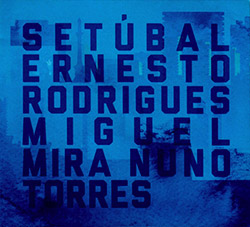
A live performance at Casa da Cultura during the "Creative Sources Cycle" in 2020, capturing an extended acoustic improvisation between Ernesto Rodrigues on viola, Nuno Torres on alto saxophone, and Miguel Mira on cello, using restrained approaches to deceptively detailed dialog of magnificent technique, as they sonically describe the Setúbal Inlet near Lisbon.
In Stock
Quantity in Basket: None
Log In to use our Wish List
Shipping Weight: 3.00 units
EU & UK Customers:
Discogs.com can handle your VAT payments
So please order through Discogs
Sample The Album:
Ernesto Rodrigues-viola
Nuno Torres-alto saxophone
Miguel Mira-cello
Click an artist name above to see in-stock items for that artist.
UPC: 5609063406474
Label: Creative Sources
Catalog ID: cs647
Squidco Product Code: 29481
Format: CD
Condition: New
Released: 2020
Country: Portugal
Packaging: Cardboard Gatefold
Recorded live at Casa da Cultura Setubal, during the "Creative Sources Cycle", on February 14th, 2020, by Andre Hencleeday.
"...Setúbal also projects a broad wave-like character, and evokes the ocean soon after it begins: The quiet opening sequence suggests static at first, then lapping waves, but what's most riveting on subsequent hearings is the emergence of pitch perception per se (including as coalescing from very high tones), such that what seems like a (fairly typical) low scuffling buildup of whispery tones becomes almost an early planetary history of sound, into chirping birds and more tangible rippling rumbles - eventually thronging with processes or entities in a kind of counterpoint. And that's just the first few minutes of this relatively short (by chronometer anyway) album recorded live in February 2020 (in Setúbal) as a single track by a trio of Ernesto Rodrigues (viola), Nuno Torres (alto saxophone) and Miguel Mira (cello)....
After the (figurative) ocean yields to (figurative) birds then, and this is an acoustic trio (i.e. not samples), a restart begins to suggest sirens at times orother more bustling human episodes involving various swells... and that's still the first half of the performance, from which some sort of continuity will generally be maintained. Unlike Sin, a previous quartet album involving Rodrigues and Torres in Berlin (and a sequel itself!), and basically consisting of a series of episodes, some more striking or animated than others, Setúbal is more suggestive of a composite wave throughout its duration, although it does yield to silence at times. (Unfortunately, it also yields to a couple of prominent coughs at one such pregnant moment, but the musicians soon regain their focus....)
Of course, after his son Guilherme, Mira has been the cellist performing most often with Rodrigues (for whom performing alongside a cellist is almost a norm), and they have dozens of albums together, including with the Lisbon String Trio: Whereas Setúbal is "only" a trio, then, it does show some similarities to those efforts (at least those with horns), although (perhaps surprisingly) there's been no alto sax collaboration with LST thus far - but perhaps the most similar album would be K'Ampokol Che K'Aay (with its own sort of natural imagery), although there with more variety of impulses from the variety of tracks, and indeed a multitiered filigree approach amid a more dialogic orientation.... (I might actually compare Setúbal to Baloni and Fremdenzimmer as another stylistic pole, with its stark coordination animated by timbral counterpoint, albeit via seemingly different inspiration....
And then there are the "two bowed strings and a horn" trio albums more generally, e.g. as discussed just last month around In This Failing Light, including the Rodrigueses in a similar formation with Udo Schindler on the extensive Mycelial Studies, an album that revolves more around lyrical heterophony, albeit sometimes in waves, than composite color....) The detailed sense of timbre and color combinations between instruments on Setúbal builds on Rodrigues's ongoing results elsewhere then, e.g. notably with Stratus (itself seemingly continuing the more modest Backlighting, as first mentioned here in a rather massive August 2018 series...), again in watercolors, but there in a more gossamer mode of strands and layers - all of this seemingly embedded in a post-Cage style or orientation, i.e. with both a sense of chance and fragility and indeed a consequent underlying calm. (And in this vein, Setúbal also comes to evoke a liminal harbor scene, as did Lluvia as just discussed, and e.g. as already traced here previously around Nashaz, an album with various other evocations as well....)
And while Mira has participated in a broad swath of recent work with Rodrigues, apparently Torres hasn't been as involved lately: Setúbal is actually the second recent album from Rodrigues and Torres, though, following Aura (as recorded in March 2019 and released late last year), a somewhat clankier (or more industrial) trio of analogous timbral concentration with guitarist Abdul Moimeme (another frequent collaborator): Aura didn't grab me in quite the same way, but does also explore close composite timbres and harmonic coloring in its own way. (Before that, Torres had appeared with Rodrigues most recently on 3 Phases II Grey, as mentioned here in an extended discussion of Stratus in January 2019, and before Sin as discussed here in February 2018, it'd been De-collage as mentioned in July 2017.... But Torres did already appear on one of the first Rodrigues albums that really spoke to me individually within this project, New Dynamics, albeit itself more about humanistic conversation than is Setúbal.)
Setúbal thus comes to be the latest distillation from these three musicians, including two of Rodrigues' closest collaborators, with Torres bringing a renewed timbral (i.e. combining) interaction to horn, after some recent projects from Rodrigues involving more sonic contrast: I wouldn't call it minimalist, because there's ultimately plenty to hear, but it does evince a particular concentration around its shifting waves, harmonics, glissandi, pops, toots, static, hockets, etc. Within that idiom, then, there's not only a strong sense of immersion around a frequent swirling legato emphasis (versus more percussive albums, including from Rodrigues, not that percussion is entirely absent here either), but a bubbling sense of propulsion, into cresting (and colorful) waves at times, with counterpoint per se sometimes suggesting (and drawing in...) human activity, becoming almost suave in moments - or maybe even bluesy (with a whiff of late Braxtonian immersion besides?).
So it's a sophisticated synthesis by relatively small forces. And especially as an album recorded in 2020 (i.e. after various virus news had emerged rather generally, but not actually as the first 2020 recording discussed here - that would be Old and New Ghosts, discussed in March), I can't help but consider the ephemerality of music as a temporal art form, i.e. such that even when played from a recording, the particular sound of the moment does decay and vanish, itself figuring a sort of destruction in the wake of creation. There's thus, perhaps, a new potency to exploring such (sonic) ephemerality amid renewed global emphasis on the constancy of change, beginning on Setúbal with some remote (quasi-evolutionary) emergence, and into a sort of (quasi-narrative) storytelling figuring human continuity, in turn yielding to a sort of affective calm (as maybe not so unlike earlier New Age ambitions...) - that does linger powerfully (and consistently) in silence by the end."-Todd McComb's Jazz Thoughts
Get additional information at Todd McComb's Jazz Thoughts
Artist Biographies
"He has been playing the violin for 30 years and in that time has played all genres of music ranging from contemporary music to free jazz and improvised music, live and in the studio.
His main interest shifted towards contemporary improvised and composed music.
The relationship with his instruments is focused in sonic and textural elements.
Electronic music was an early influence on his approach to violin playing, which challenges traditional romantic concepts of the violin/viola through use of preparations and micro tuning.
Active in different settings on the Portuguese scene for free improvised music, both as a collaborator and in leading his own groups.
Music for Dance, Cinema, Video and Performance.
Has created the record label Creative Sources Recordings in 1999, which mainly concentrates on releasing experimental and electro-acoustic music."
-Creative Sources (http://creativesourcesrec.com/creative_artists.html)4/2/2025
Have a better biography or biography source? Please Contact Us so that we can update this biography.
"Studied alto saxophone within a jazz tradition spectrum. His continuous solo experimental research explores a wide scope of sound material through the use of the extended technics. Participates in several ensembles of improvisational music, electro acoustics and reductionism. Collaborates with musicians such as, Ernesto Rodrigues, Ricardo Jacinto, Sei Miguel, Fala Mariam, João Castro Pinto, Rafael Toral, Manuel Mota, David Stackenäs, Travassos, Paulo Raposo, Carlos Santos, Shiori Usui, C. Spencer Yeh, Cyril Bondi and d'incise, and developed projects as CACTO and PinkDraft, In the recent years has been also collaborating in several different projects at the intersection of the performative areas of dance, theatre and the visual arts (PARQUE, Les Voisins, Eye Height, Adriana Sá, Beatriz Cantinho). Participates and curates experimental and community radio initiatives."
-Creative Sources (http://creativesourcesrec.com/artists/n_torres.html)4/2/2025
Have a better biography or biography source? Please Contact Us so that we can update this biography.
"Born in 1958, studying guitar at the Academy of Music Amateurs, in the 70s, with Prof. Nagy. In the late 70 studying bass at the Hot Club, in the early '80s, with Prof. Zé Eduardo.
"Intrigue and permanent and persistent unease with stringed instruments, jazz and improvisation itself. During the last forty years, in concert, in private or in the studio, I had the honor of having played and learned (chronologically) Nuno Grande, Armindo Neves, Emilio Robalo, Celso Carvalho, António Ferro, Arthur Costa, Ze Bitch John Vinegar, John Lucas, Francisco Medina, Abdul moimeme, Rashiim Ausar Sahu, Patrick Brennan, Rodrigo Amado, Scott Fields, Francisco Trindade, Ernesto Rodrigues, Harvey Sorgen and Joe Giardullo.
Today, honor me play (and perpetuate my restlessness) with Rodrigo Amado, Abdul moimeme, John Lucas, Joseph Bruno Parrinha, John Parrinha, João Pedro Viegas, Alipio Carvalho Neto, Gabriel Ferrandini, Ernesto Rodrigues, Armando Gonçalves Pereira, Hernani Faustino, Rodrigo Pinheiro, Zé Lencastre, Louis Desirat, Peter Castello Lopes, Luís Lopes, Luís Vicente, Philip Sousa, Pedro Roxo, Johannes Krieger, George Lamprey, Marcello Maggi, Paulo Curado, Diogo Leal, D' Incise, Virginia and Eduardo Chagas. With some of my friends. I share my musical day in broader bands or ensembles, with other I highlight specific musical encounters and they are my entire curriculum." "
-JACC Records (http://www.jacc-records.com/en/musicians/miguel-mira)4/2/2025
Have a better biography or biography source? Please Contact Us so that we can update this biography.
Track Listing:
1. Setubal 35:32
Creative Sources
Improvised Music
Free Improvisation
European Improvisation, Composition and Experimental Forms
Trio Recordings
lowercase, reductionist, micro-improv, sound improv, onkyo sound
Search for other titles on the label:
Creative Sources.


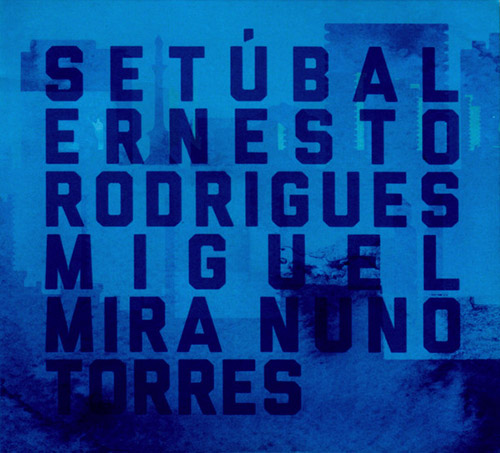






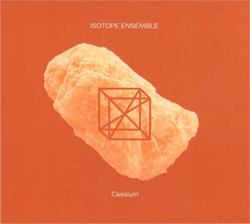





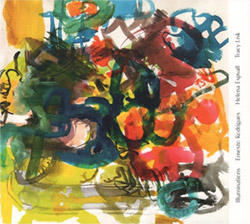

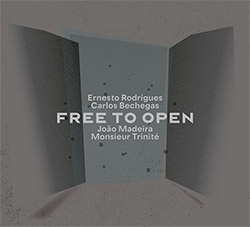
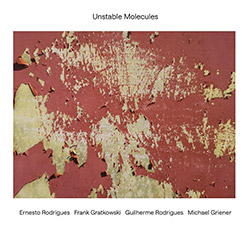
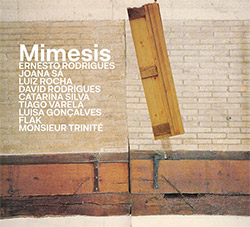


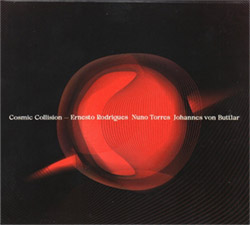



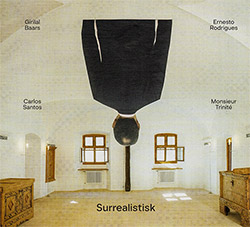
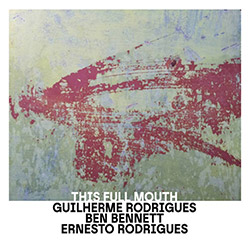
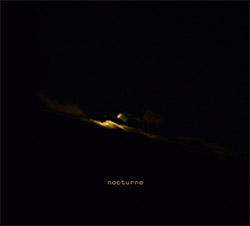

![Niblock, Phill / Anna Clementi / Thomas Stern: Zound Delta 2 [VINYL]](https://www.teuthida.com/productImages/misc4/34623.jpg)
![Yoko, Ono / The Great Learning Orchestra: Selected Recordings From Grapefruit [2 CDs]](https://www.teuthida.com/productImages/misc4/35841.jpg)
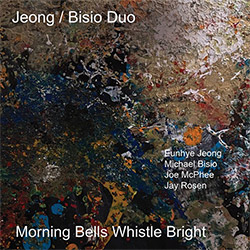
![Brotzmann, Peter / John Edwards / Steve Noble / Jason Adasiewicz: The Quartet [2 CDs]](https://www.teuthida.com/productImages/misc4/35975.jpg)
![Brotzmann, Peter / John Edwards / Steve Noble / Jason Adasiewicz: The Quartet [VINYL 2 LPs]](https://www.teuthida.com/productImages/misc4/35976.jpg)
![Thomas, Pat: The Solar Model of Ibn-Al Shatir [VINYL]](https://www.teuthida.com/productImages/misc4/36044.jpg)
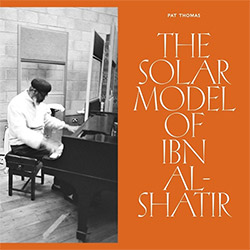

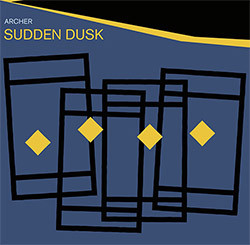

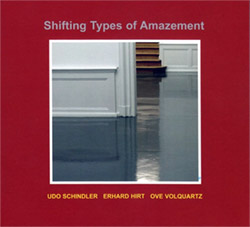

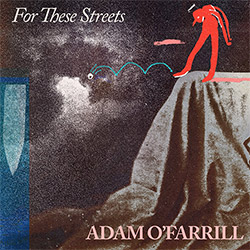
![Cocks, Laura: FATHM [VINYL]](https://www.teuthida.com/productImages/misc4/36055.jpg)
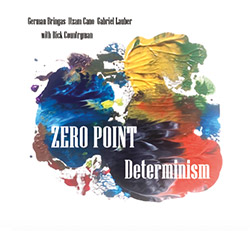
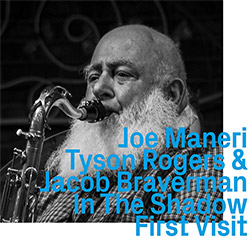
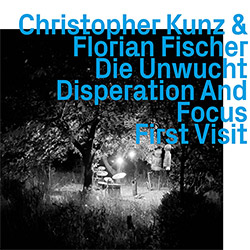
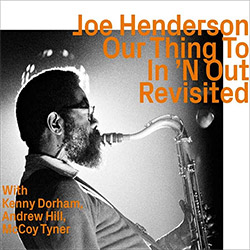

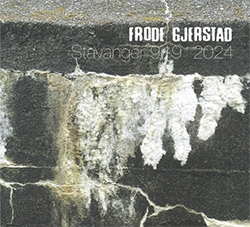
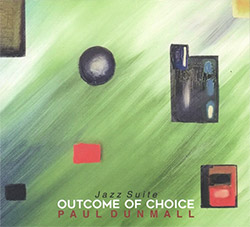
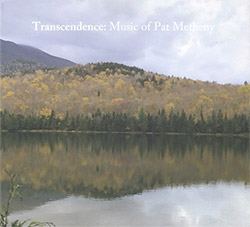
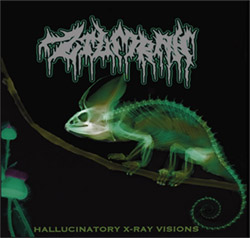
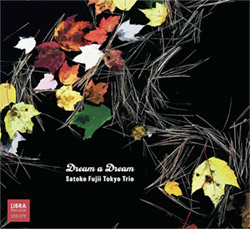
![Ackerley / Prymek / Turner: All Hope With Sleeping Minds [CASSETTE]](https://www.teuthida.com/productImages/misc4/35950.jpg)
![Myers, David Lee : Tin Drop Tear [BOOK w/ DOWNLOAD]](https://www.teuthida.com/productImages/misc4/36030.jpg)

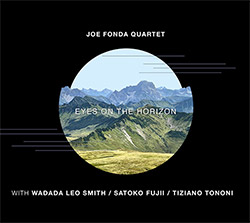
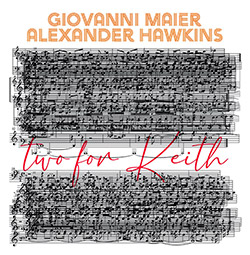
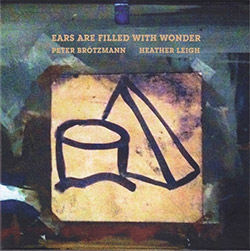
![Schindler, Udo / Sandy Ewen / Damon Smith: Munich Sound Studies Vols. 4, 5 & 6 [3 CDs]](https://www.teuthida.com/productImages/misc4/35966.jpg)
![Turbulence Orchestra & Sub-Units: Smear Out the Difficulties (Double Live) [2 CDs]](https://www.teuthida.com/productImages/misc4/36048.jpg)

![Perelman, Ivo / Tyshawn Sorey: Paralell Aesthetics [2 CDs]](https://www.teuthida.com/productImages/misc4/35871.jpg)
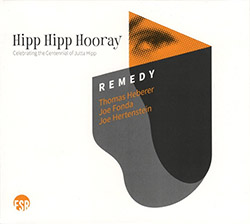

![Sjostrom, Harri: SoundScapes #4 Festival Berlin 2023 [3 CDs]](https://www.teuthida.com/productImages/misc4/35874.jpg)


![Glenn, Jordan: Flustered [CASSETTE]](https://www.teuthida.com/productImages/misc4/35948.jpg)


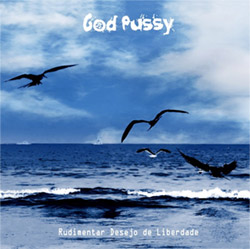

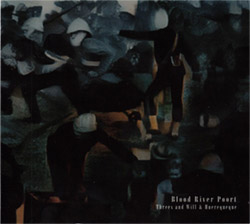
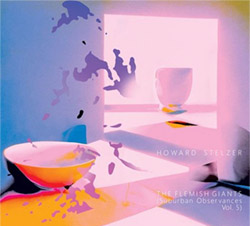
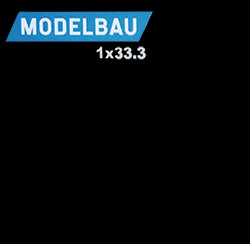
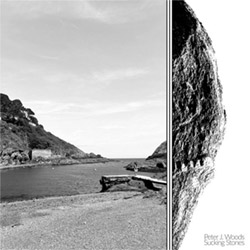
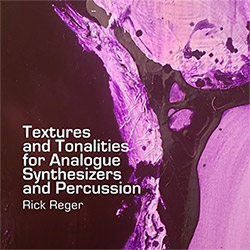

![Olencki, Weston : Pearls Ground Down To Powder [VINYL]](https://www.teuthida.com/productImages/misc4/35956.jpg)
![Myers, David Lee: Oculus [2CDs]](https://www.teuthida.com/productImages/misc4/35857.jpg)


![dustsceawung: dustsceawung [CASSETTE w/ Download]](https://www.teuthida.com/productImages/misc4/35753.jpg)
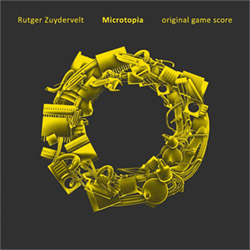



![Halls of the Machine: Atmospheres For Lovers And Sleepers [CASSETTE w/ DOWNLOAD]](https://www.teuthida.com/productImages/misc4/35806.jpg)
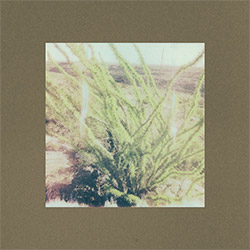
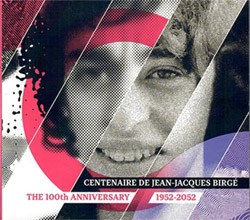
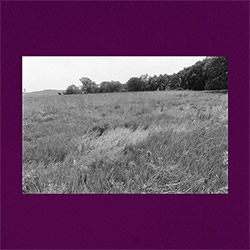
![AHC (Alexander Cooper): Lase [2 CDs]](https://www.teuthida.com/productImages/misc4/35754.jpg)



![Fagaschinski, Kai / Yan Jun : Graveyard Processions [VINYL w/ DOWNLOAD]](https://www.teuthida.com/productImages/misc4/35474.jpg)









![Zorn, John / JACK Quartet: The Complete String Quartets [2 CDs]](https://www.teuthida.com/productImages/misc4/35609.jpg)

![Lonsdale, Eden: Dawnings [2 CDs]](https://www.teuthida.com/productImages/misc4/35480.jpg)







![Sanna, Claudio: Compositori Sardi Contemporanei II [2 CDs]](https://www.teuthida.com/productImages/misc4/35317.jpg)







![Zurria, Manuel: Fame di Vento [3 CDs]](https://www.teuthida.com/productImages/misc4/35167.jpg)


![Electric Bird Noise / Derek Roddy: 8-10-22 [CD EP]](https://www.teuthida.com/productImages/misc4/35970.jpg)








![Elephant9 : Mythical River [VINYL]](https://www.teuthida.com/productImages/misc4/34624.jpg)



![Elephant9 with Terje Rypdal: Catching Fire [VINYL 2 LPs]](https://www.teuthida.com/productImages/misc4/35355.jpg)
![Deerlady (Obomsawin, Mali / Magdalena Abrego): Greatest Hits [VINYL]](https://www.teuthida.com/productImages/misc4/34876.jpg)







![Surplus 1980: Illusion of Consistency [CD]](https://www.teuthida.com/productImages/misc4/35069.jpg)
![Staiano, Moe: Away Towards the Light [VINYL + DOWNLOAD]](https://www.teuthida.com/productImages/misc4/35037.jpg)



![Caveira (Gomes / Sousa / Abras / Ferrandini): Ficar Vivo [VINYL]](https://www.teuthida.com/productImages/misc4/34643.jpg)
![Coley, Byron: Dating Tips for Touring Bands [VINYL]](https://www.teuthida.com/productImages/misc4/17906.jpg)

![Lost Kisses: My Life is Sad & Funny [DVD]](https://www.teuthida.com/productImages/misc4/lostKissesDVD.jpg)